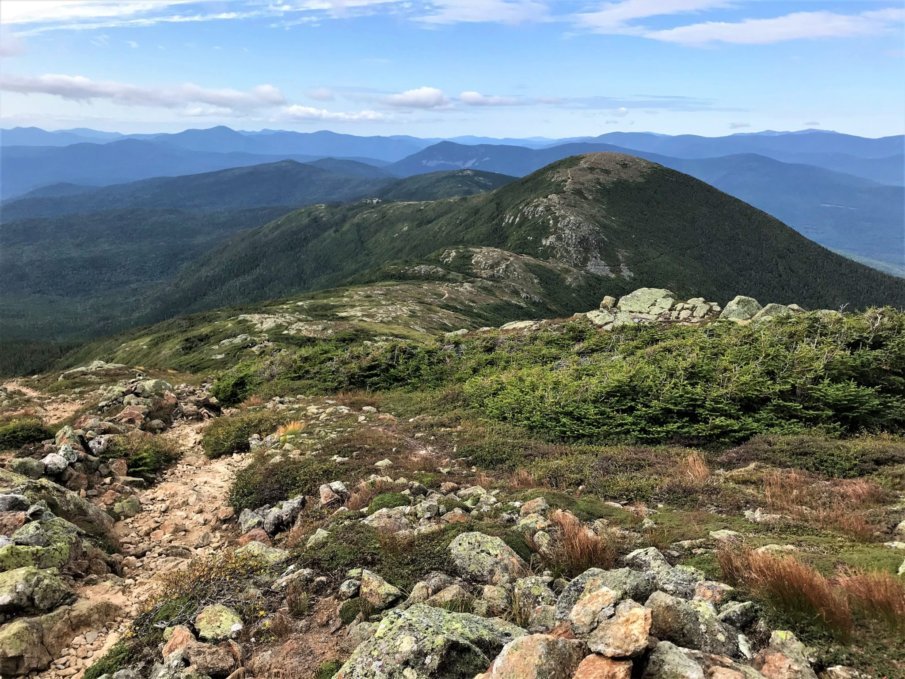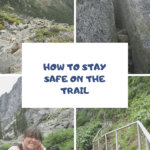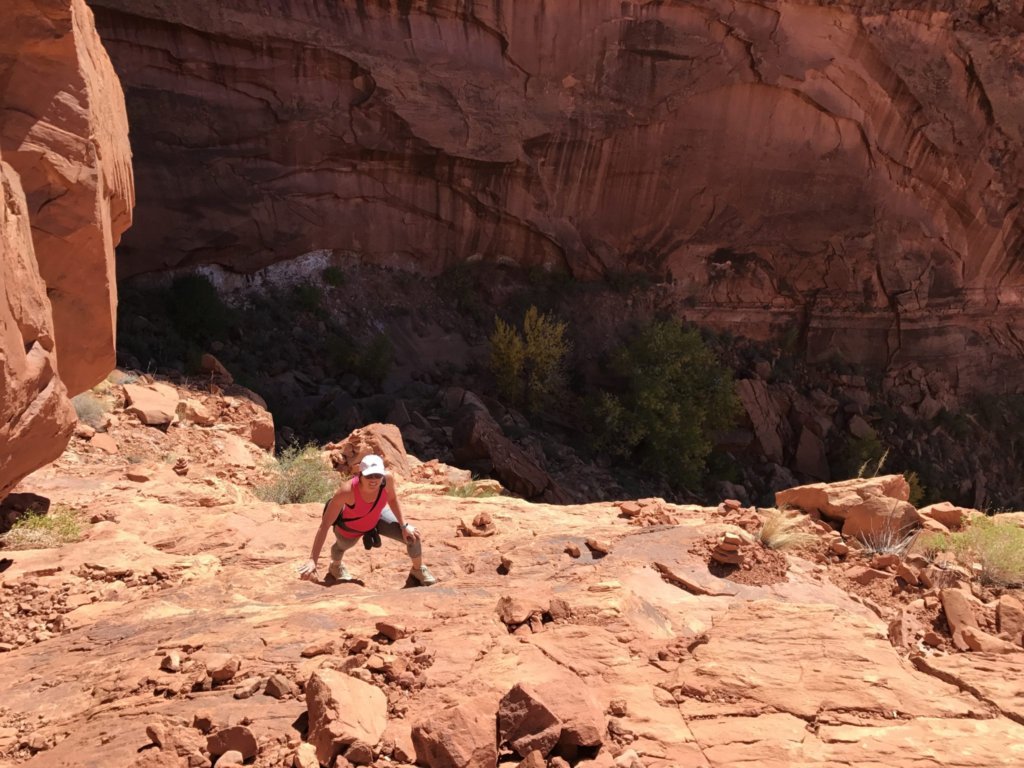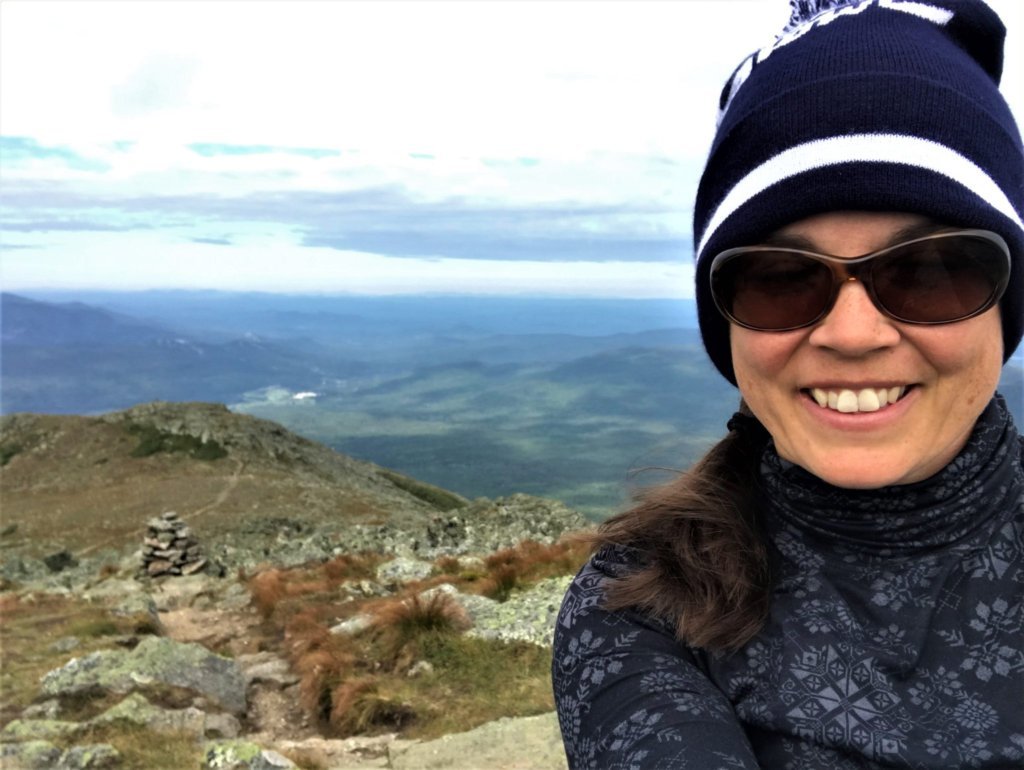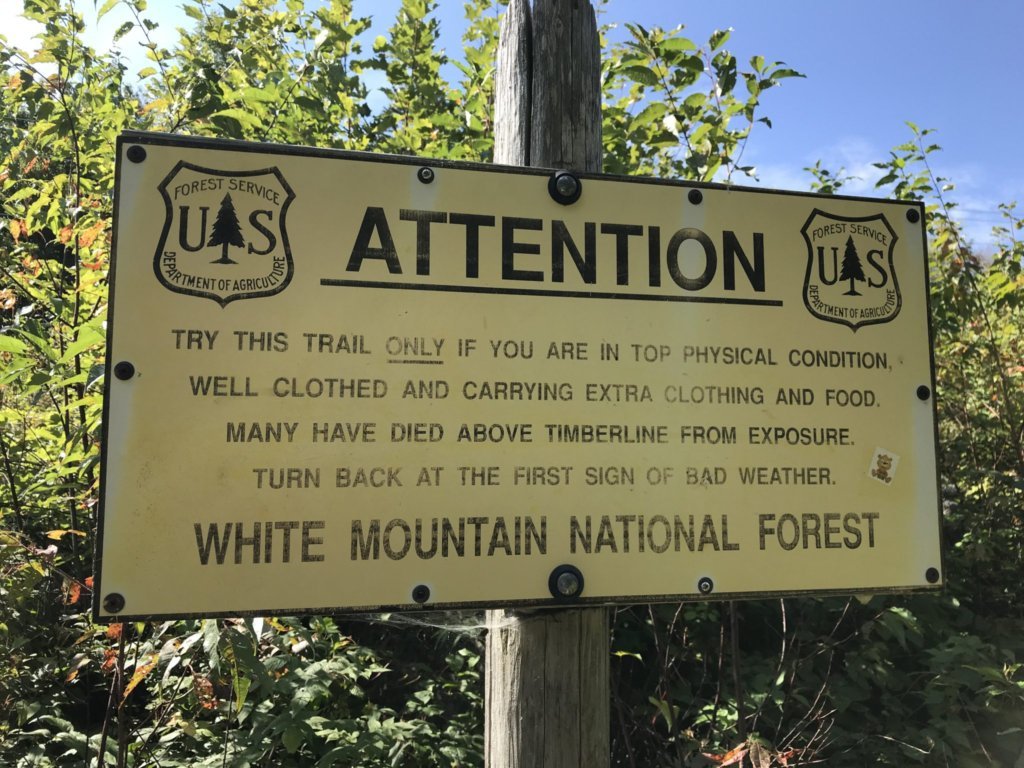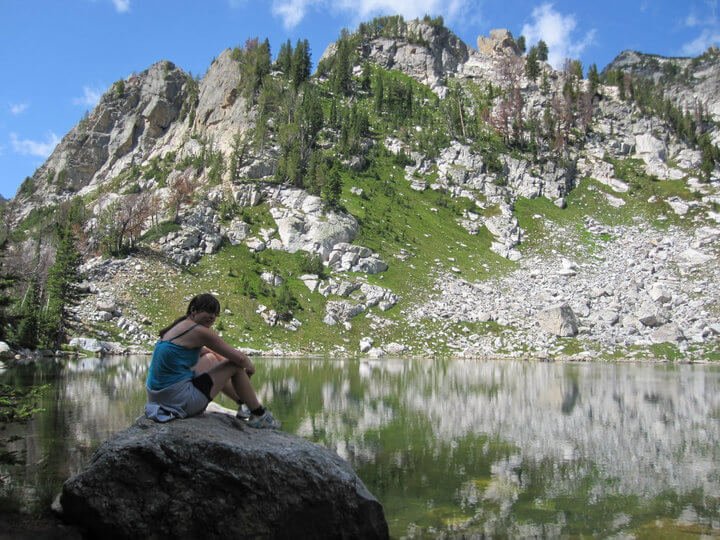*This post contains affiliate links, if you make a purchase I get a small commission
During my hike on the Presidential Traverse trail a lot of people asked me if I was afraid to solo hike. I also had a lot of worried loved ones, who openly told me they thought it was a bad idea. It got me thinking about how one stays safe on a trail like the Presidential Traverse, avoiding an emergency situation if possible.
In the beginning I didn’t really put a lot of thought into it. I had an attitude that it wasn’t a big deal and that I was going to do it no matter what others said. After constant fear from others it started to get to me. I started to worry a bit that maybe I wasn’t making the right choice, even though I knew this was what I wanted to do.
Let me preface this by saying that I had never done a multi-day hike, with a full pack, alone. Ever. So, of course there is a little trepidation. I think you have to be either stupid or naïve to think that any trek of that magnitude would be easy.
I quickly discovered on trail that I had a stubborn perseverance. That no matter how slow I moved, or careful I was, I would reach my destination. Sore feet and tired shoulders be damned. I discovered a strong mental acuity on the trail, something you don’t really know you have until you are in that situation.
Don’t get me wrong, there are glimmers of it in your daily life. But until the sun is setting and the wind is wiping you at 45 miles an hour and you already hiked over nothing but rocks for 11 hours you don’t fully see what your capable of.
That’s the beauty of a challenging hike. Or a challenging anything. You learn your mettle.
But it’s not all mental attitude and physical condition, though both are extremely important for a tough trail, there are other things that help you hike your best hike. The right gear and supplies can often mean the difference between a safe hike and the possibility of death, honestly. So, here are a few safety tips and things to think about for your next big hike.
Before you hike
Take the time to learn as much as you can about the hike you plan to do before you get out there. Read blogs, information from the area, gear lists, everything you can get your hands on.
It’s a good idea to check the weather forecast before you go so you know what you may encounter. Bad weather can happen at any time, have an emergency plan. Will there be any extreme heat during your trek that could lead to heat exhaustion? Do you know where the water sources are so you can make sure you have plenty of water?
Let a family member or friend know your plan.
Gear that could save your life
When I began my trek on the presidential traverse, seeing the sign you see below made me realize just how serious this trail was. It also gave me the satisfaction of knowing that I was prepared, because I had thought about the possibility of being stuck several thousand feet up and exposed to the elements.
Some of the gear that I highly recommend carrying, even if you don’t use it and it might add a little weight include the following.
GPS tracker and extra batteries
I bought the Garmin Foretrex 401. A small, waterproof device that you can wear like a watch, it allows you to track your hike, gives stats on your mileage and elevation and set waypoints so you can navigate your way back to the trail in case you get lost while going to pee.
I now use my garmin watch, which is much less complicated I found.
Trail Maps
Before I left, I purchased a waterproof map of the hike I planned to do. You can’t always rely on cell service to navigate a trail. Looking back, I wished I had planned my trek a little better, spending more time pouring over this trail map for my first day’s hike. Once I came to that realization, this map was the best resource for guiding me to the right trails, keeping me on track, during my second day on trail.
Portable device charger
I have never used one of these before but boy was it ever helpful. After a full day of trekking in the cold, taking pictures and texting family that I was ok, my battery was pretty much shot. If you get stuck on trail, or lost, your cell phone is a huge asset.
If you have no battery your chances of someone reaching you and helping you become greatly diminished. I have a portable charger that claims to provide 500 charges.
Warm clothes and winter hat and gloves
I can not overstate the importance of having appropriate clothing and extra layers, especially when hiking at higher elevations. I was so happy to have my winter hat and gloves on trail and the ability to layer up when it was warranted. Wearing bright colors is also a great idea and a great way for rescue teams to spot you if you get into trouble.
Air horn
You might think this is silly but it could potentially save your life. A lot of people buy an air horn in case of bears. I am not going to lie, that’s why I bought it. But it has so many more uses than that. If you were to fall or get injured or lost, sounding your airhorn could mean being found quicker.
Sunscreen
If you are hiking at higher elevations, even on a cloudy day, you are significantly more exposed to the sun than you would be otherwise. Keep a small travel sized sunscreen in your pack, because severe sunburn can lead to infection and illness or worse under the right conditions.
Hiking poles
I love my hiking poles. It gives me so many things, from saving my knees and keeping my hands from swelling, to traction on rocks and a weapon for protection.
Food
I think it’s a no-brainer to say that you should bring food with you. High protein food. My choices tend to be beef jerky or trail mix. They provide protein and fats that give you longer lasting energy from a slower breakdown than a carbohydrate. Bring extra food in the event that you get lost or become trapped somewhere for a longer period of time.
First aid kit
It doesn’t hurt to have various sized band aids, wraps, and a triple antibiotic ointment with you on trail. In the event that you roll your ankle, fall and cut yourself or get a nasty scrape, it could keep things from becoming infected and help you safely get off trail. If you are hiking somewhere with significant elevation gain, where altitude sickness may come into play, make sure to have the right medication for this.
Waterproof matches
I don’t think I need to say why this is important. I have 2 packages in my pack. They hardly weigh anything and in the event I become stranded, I have the ability to keep warm, ward off wildlife and possibly cook something or boil water if need be.
Headlamp
Sometimes it is hard to predict how long a trail is going to take. This happened to me on the traverse. I have done plenty of day hikes, typically at a pretty good pace but when faced with rocks I turned into a sloth. The sun sets fast when you don’t want it to. Having a headlamp to help you navigate that last bit of trail can be invaluable.
Extra water and something to purify it with
Again, I don’t think I need to tell you why this is important. If you run out of water, make sure you have something available to you that you can purify water if needed. Iodine tablets tend to be a common staple and now life straw also has water bottles that does all the work for you.
If you are buying purification tablets be sure to look at the time to purify. I made the rookie mistake of buying chlorine purifying tablets. They take 4 hours to purify your water. Not good in a pinch.
During your hike
Everyone has to hike their own hike and if that means moving at a slower pace to ensure you don’t get hurt while scrambling up a boulder field then that is what you need to do. It’s not a race.
Keep an eye out for local wildlife and be prepared if you are in an area with species like bears, where bear spray or a bear canister may be needed.
Concluding Thoughts
Bottom line, the most important thing is to take your time and don’t worry about what others are doing. This is your hike and you want to be able to enjoy being in nature without the added stress of being unprepared. Stretch outside of your comfort zone but take into account your personal safety.
It’s not meant to be easy, it’s type 2 fun after all, but being prepared can sometimes make or break a hike.
